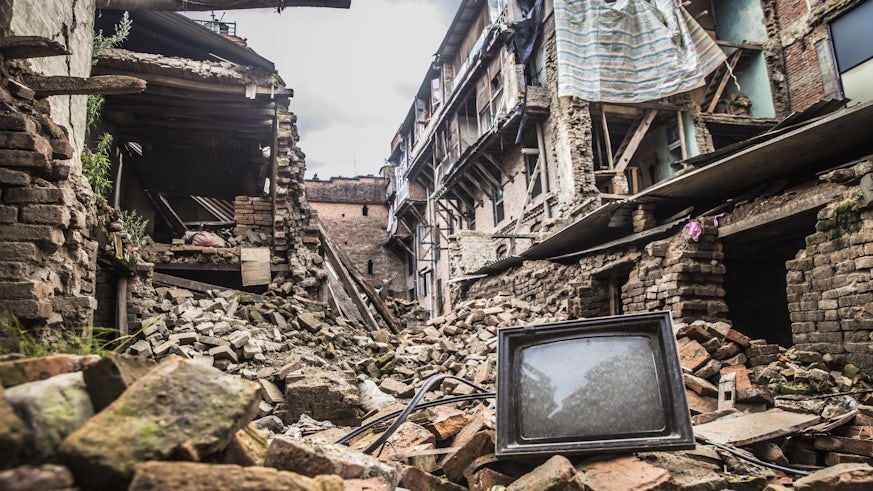New research uses creative learning to improve disaster response
23 February 2022

A new study provides insight into disaster emergency preparedness and response, by educating and empowering citizens to reduce cascading risk and enhance business continuity.
Dr Diana Contreras Mojica, Lecturer at the School of Earth and Environmental Sciences, tested a mitigation strategy that aims to increase the population’s ability to adapt in case of road failure in the event of a disaster, as well as promote good practices in emergency planning.
The focus of the research is on teaching young people about the characteristics of each post-disaster recovery phase, with emphasis on the importance of road infrastructure as the backbone of a city's connectivity and the path for returning to normality after an earthquake.
The research tested creative activities with Chilean high school students aged 11 to 15 that were based on questions, metaphors with puzzles and scale models of vehicles and construction machinery. The activities were designed as actions to improve the student’s knowledge of the dynamics of each post-disaster phase.
Returning cities to normality after the devastating impact of a disaster is a complex and long-term process involving multiple phases.

The idea of using puzzles was derived from urban planning workshops oriented towards learning about land use via game pieces. The participants tested their ability to plan and organise the pieces, so they can then appreciate the difficulties in attaining recovery efforts to reconstruct a city.
The research indicated that girls were more aware of protection techniques during earthquakes than boys. In contrast, boys were more mindful of terminology and engaged in decision-making activities.
Findings support the inclusion of disaster risk management in school curricula, particularly using creative activities and games to teach children and teenagers about the risk to critical infrastructure, environmental impact, economic losses, prevention, preparedness, response and recovery.
Children and teenagers must be made aware of other secondary effects of an earthquake beyond landslides and fires, such as explosions, leaks and spills. Activities should also emphasise the importance of evacuation in case of a tsunami, particularly in coastal states, and underline to children and teenagers that damage to buildings during earthquakes can produce injuries and casualties.
The paper is available in the Journal of Disaster Risk Reduction. Access is free until 5 April 2022.